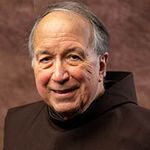Saint Francis Solano: Minstrel of the Lord among the Nations
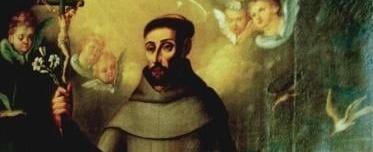
On July 17, Franciscans in the U.S.A. honor the memory of St. Francis Solano (1549-1610), celebrated missionary to South America. The rest of the Order presently celebrates his memorial on July 14 [in the U.S., it's transferred due to the memorial of St. Kateri Tekakwitha].
Francisco Solano y Jimenez was born in 1549 in the town of Montilla in the province of Cordoba, Andalusia, Spain, to an aristocratic family. Although educated by the Jesuits, at the age of 20 he chose to join the Franciscan friars due to their poor, simple way of life.
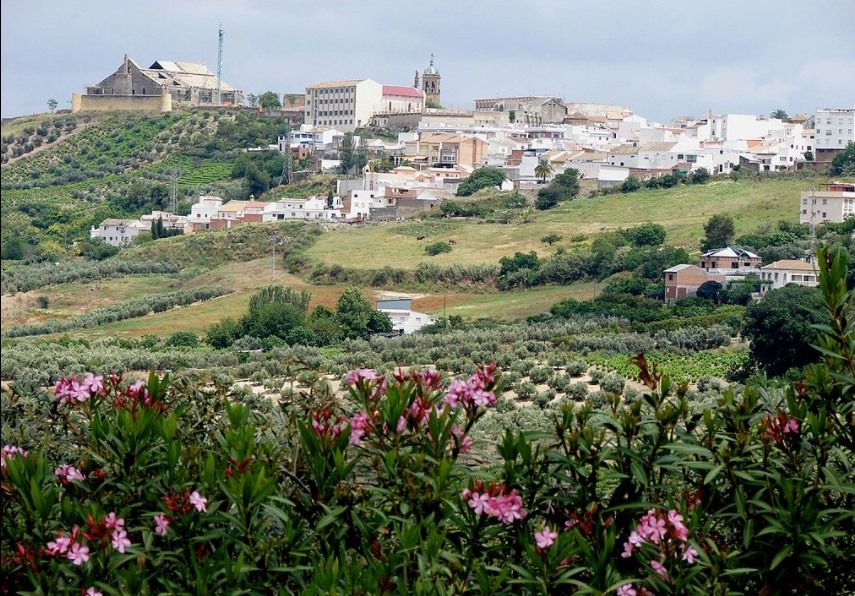
Town of Montilla, Andalusia, Spain, birthplace of Francisco Solano (photo credit: Rafael Jiménez, Wikimedia Commons).
Francisco was formed in houses of stricter observance and so he adopted penitential practices such as traveling barefoot, largely abstaining from meat, and wearing a hairshirt, which he maintained throughout his life. However, he also was noted for his enthusiastic spirit and joyful approach to life. Following his ordination in 1576, he served as novice master, an itinerant preacher in the rural villages of Andalusia, and heroically nursed the sick during an epidemic of the plague in 1583 with no regard for his own health.
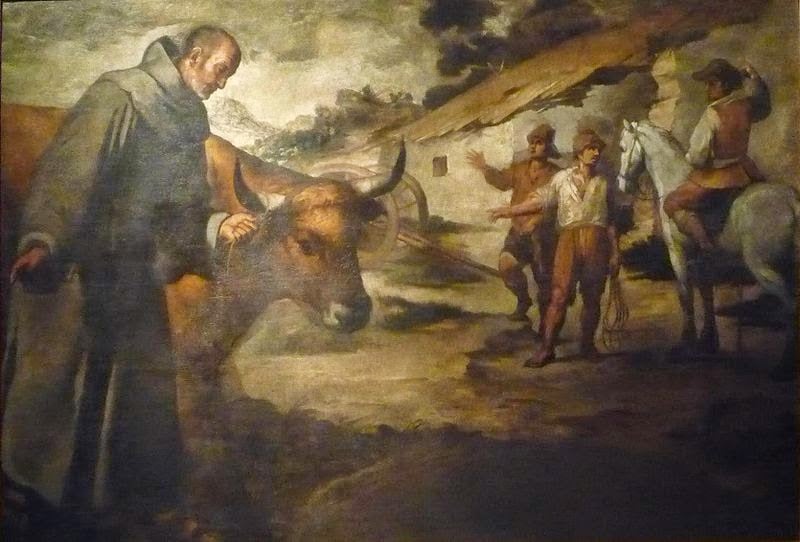
Depiction of a story in the life of Solano in his native Spain: a ferocious bull was terrorizing the people of a village, when Francisco Solano approached it and calmed the animal. All his life Solano was said to have a remarkable connection to animals (Painting by Murillo, 1645).
In 1589, Solano volunteered to go to South America as a missionary and was assigned to evangelize the indigenous peoples in the remote areas of what is now northwestern Argentina and the Gran Chaco region of Bolivia and Paraguay. He enjoyed remarkable success in this effort, mastering a number of native languages and employing the use of music to great effect (he played the violin). The native peoples passed on many stories of the miracles he worked among them. Solano was noted as a staunch defender of the rights of the "indios" against the Spanish conquistadores.
In 1601, Solano was assigned to the Franciscan friary in the city of Lima as guardian of the community, where he worked to recall many nominally Catholic people to a serious and committed practice of their faith. He died in Lima, exhausted by his many labors, in 1610. He was beatified in 1675 and canonized in 1726.
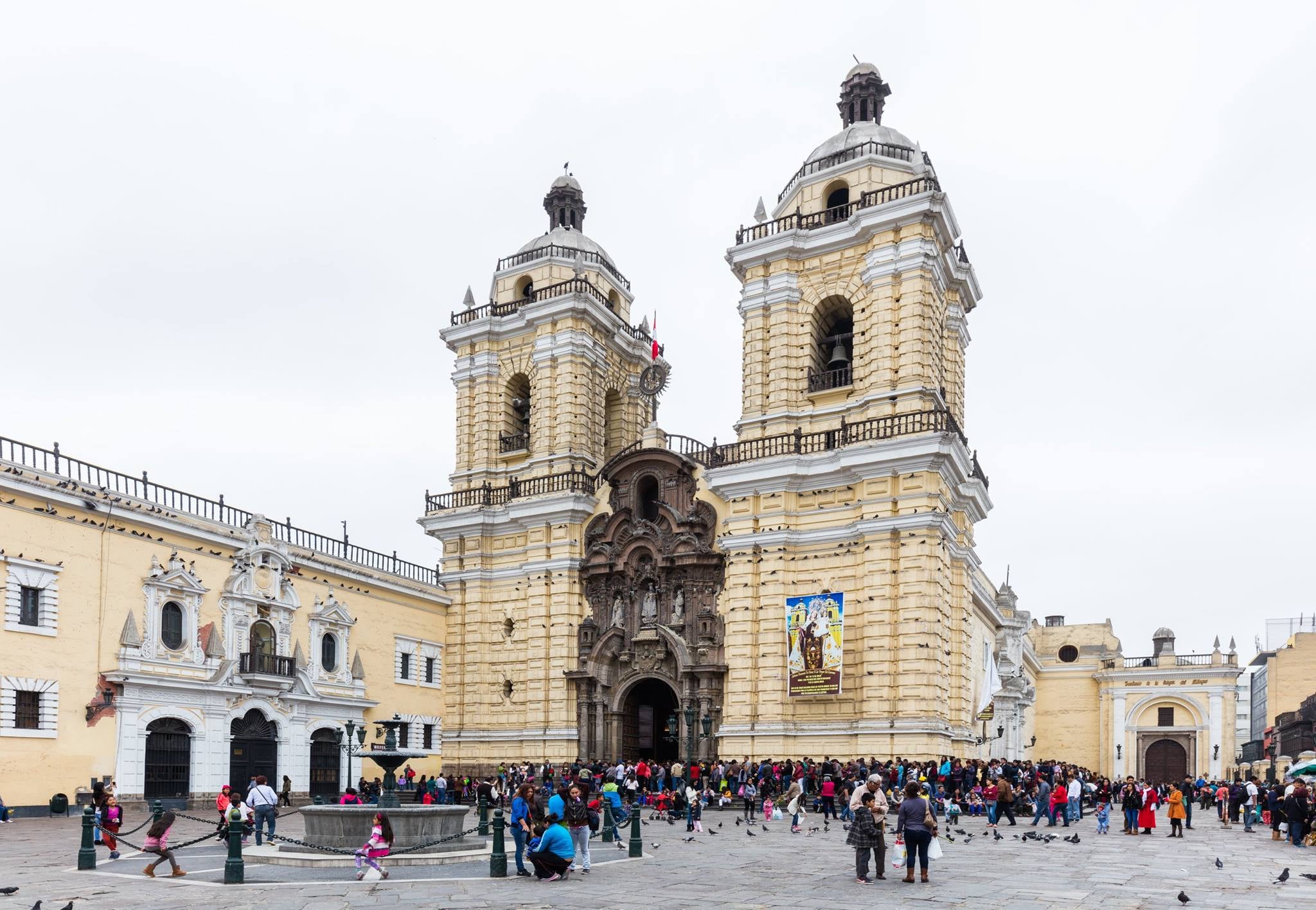
The friary and church of St. Francisco in Lima, Peru, which houses Solano's remains.
There is still great popular devotion to Francis Solano in parts of Argentina, Bolivia, Paraguay, and Peru, where popular celebrations are held on July 24, his feast day in the old liturgical calendar. In the town of Humahuaca, Jujuy, Argentina, his statue emerges every day at noon for several minutes to bless the people gathered in the town square. Watch it here.
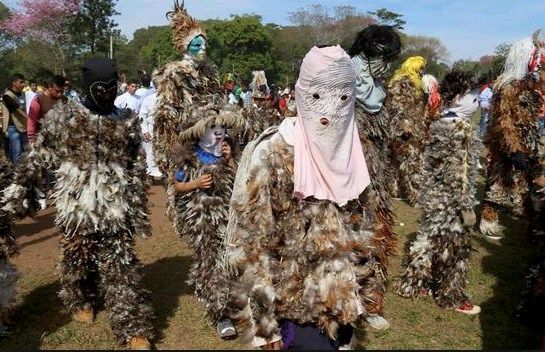
Fiesta of San Francisco Solano among indigenous peoples in the Chaco region of Paraguay.
Main image: St. Francisco Solano (anonymous South American artist, 17th century).
Dominic Monti, OFM
Professor of Franciscan Research in the Franciscan Institute of St. Bonaventure University
Dominic V. Monti, OFM, is a Franciscan Friar of Holy Name Province (USA) and currently professor of Franciscan Research in the Franciscan Institute of St. Bonaventure University. He devoted the greater part of his ministry to teaching the History of Christianity, in particular the history of the Franciscan movement. He has contributed two volumes to the Works of St. Bonaventure series and is author of Francis & His Brothers, a popular history of the Friars Minor.

